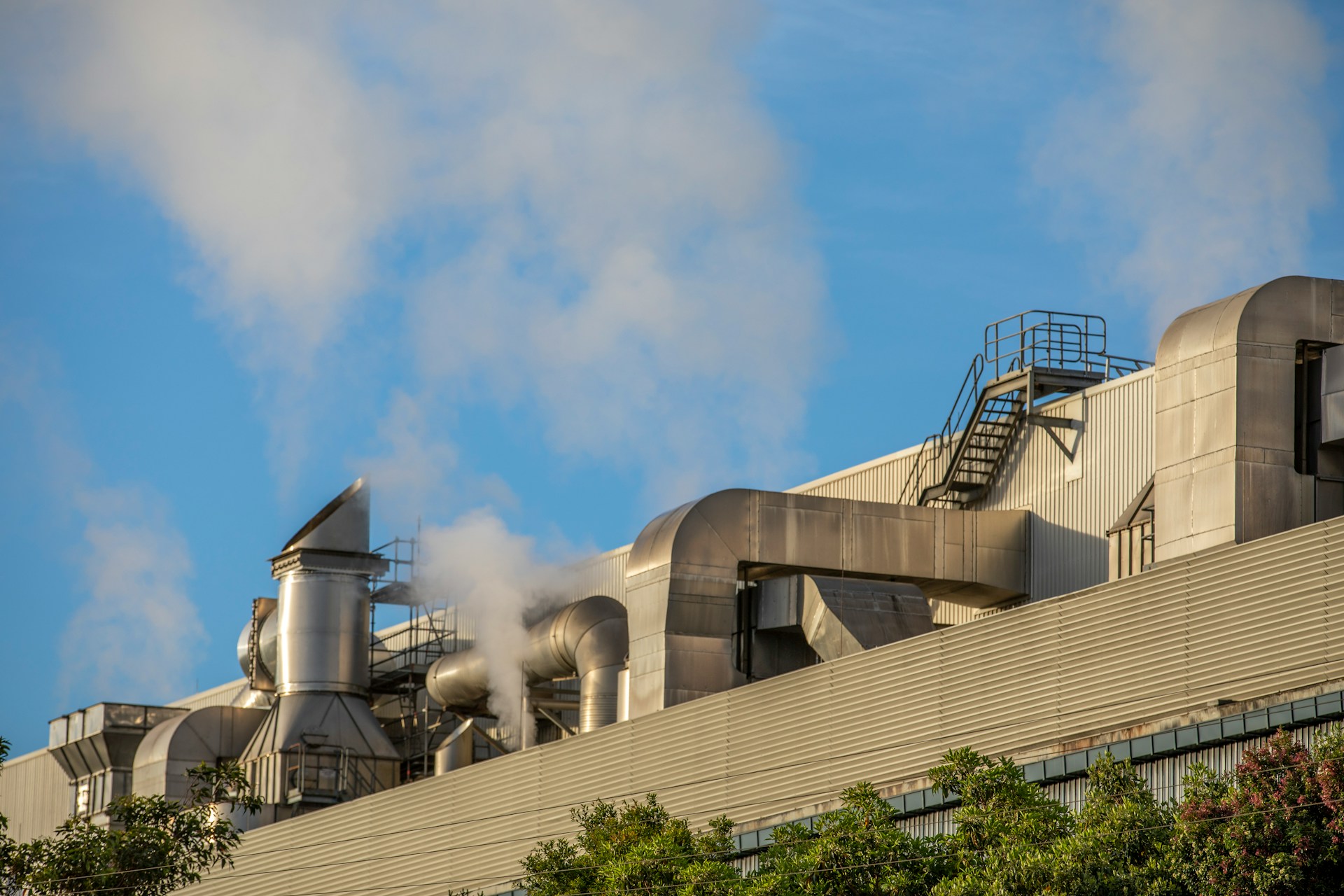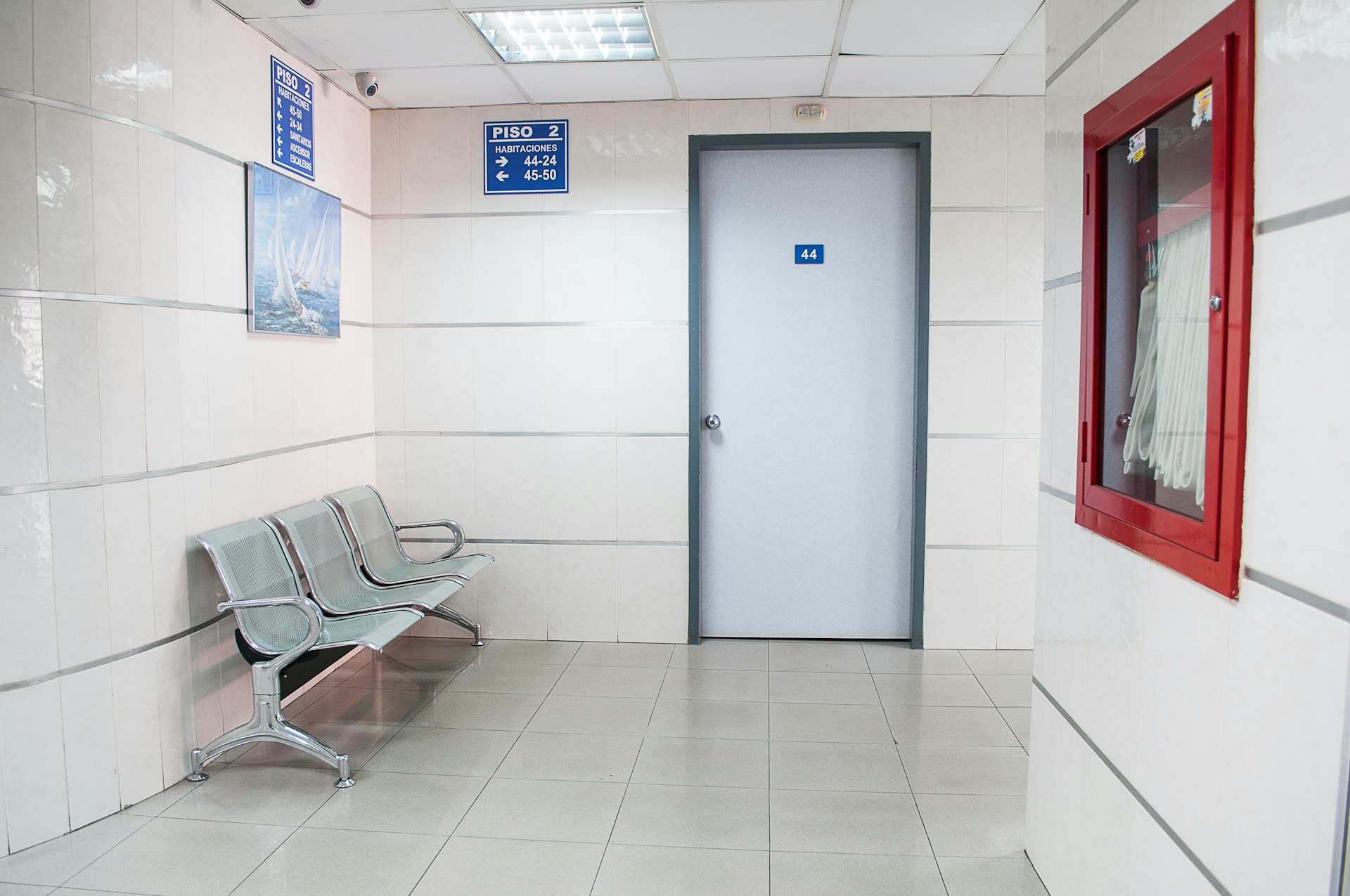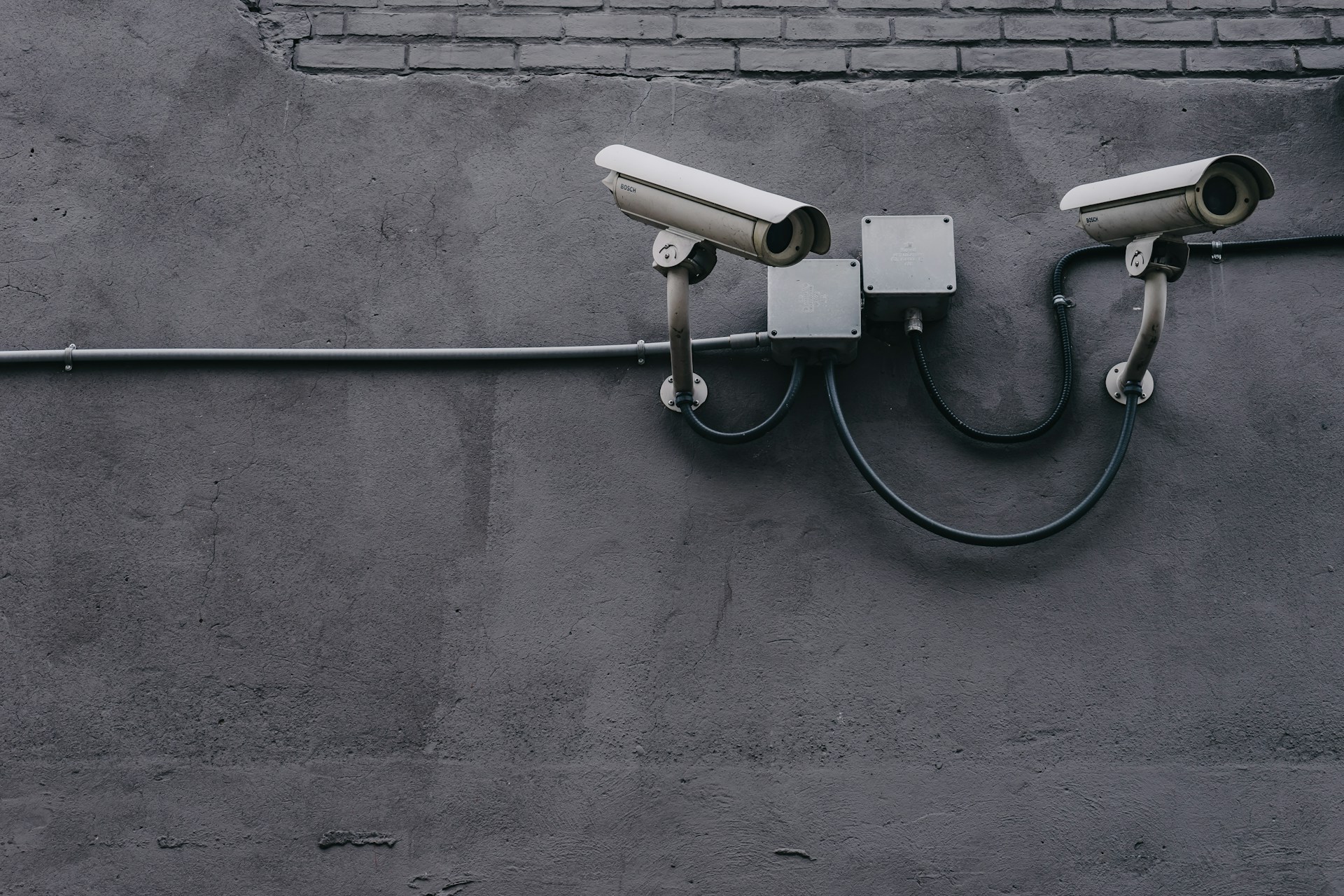When a factory runs smoothly, its impact extends far beyond the production floor. Well-maintained industrial facilities serve as economic anchors for entire communities, creating ripple effects that strengthen local businesses, support families, and foster long-term regional prosperity.
While manufacturing might seem disconnected from everyday community life, the reality is that industrial maintenance plays a crucial role in sustaining the economic stability that keeps neighborhoods thriving. The relationship between factory operations and community wellness runs deeper than many realize.
Every piece of equipment that receives proper care, every preventive maintenance schedule that gets followed, and every safety protocol that gets implemented contributes to a larger ecosystem of economic health. This connection becomes especially evident when examining the various ways that well-maintained factories contribute to their surrounding areas.
Understanding these connections helps reveal an important truth: investing in industrial maintenance isn’t just about keeping machines running—it’s about keeping communities strong.
The Economic Foundation of Manufacturing Communities
Manufacturing facilities often serve as the economic backbone of their regions, particularly in smaller cities and towns where a single factory might employ hundreds or thousands of workers. These facilities create what economists call a “multiplier effect,” where every dollar spent on wages generates additional economic activity throughout the community.
Direct Employment Opportunities
Well-maintained factories provide stable, long-term employment that forms the foundation of community prosperity. These community jobs typically offer:
- Competitive wages that exceed local averages
- Comprehensive benefits packages including health insurance and retirement plans
- Career advancement opportunities through skills training and development
- Union representation that protects worker rights and interests
Supporting Local Businesses
The presence of a thriving factory creates demand for numerous supporting businesses and services:
- Local restaurants benefit from workers seeking lunch and dinner options
- Retail establishments see increased customer traffic from employed residents
- Service providers like banks, insurance agencies, and healthcare facilities expand their offerings
- Transportation and logistics companies establish local operations to serve industrial clients
Job Creation Beyond the Factory Floor
Manufacturing facilities create employment opportunities that extend well beyond their own workforce. The ecosystem surrounding a well-maintained factory generates diverse career paths across multiple industries and skill levels.
Supply Chain Employment
Factories require extensive supply chains that create jobs throughout the region:
- Raw material suppliers establish regional distribution centers
- Transportation companies hire drivers, dispatchers, and logistics coordinators
- Packaging and shipping companies expand their local operations
- Quality control and testing laboratories open satellite facilities
Professional Services Growth
Manufacturing operations require specialized professional support:
- Engineering firms establish local offices to serve industrial clients
- Accounting and financial services firms expand to handle payroll and compliance
- Legal practices develop expertise in manufacturing regulations and contracts
- Marketing agencies create campaigns for industrial products and services
Infrastructure Development and Community Investment
Successful factories typically invest heavily in local infrastructure, creating long-term benefits that extend throughout their communities. These investments improve the quality of life for all residents while attracting additional businesses and development.
Transportation Networks
Manufacturing facilities often drive improvements to local transportation infrastructure:
- Road improvements and expansions to handle increased truck traffic
- Rail line upgrades and new spur connections
- Airport cargo facilities and expanded freight capabilities
- Port improvements for facilities located near waterways
Utility Infrastructure
Factories require robust utility systems that benefit entire communities:
- Electrical grid upgrades that improve reliability for all users
- Water treatment facility expansions that serve residential and commercial users
- Natural gas pipeline extensions that reduce energy costs region-wide
- Telecommunications infrastructure improvements that support business development
Skills Development and Educational Partnerships
Well-maintained factories often establish strong partnerships with local educational institutions, creating pathways for career development that strengthen the entire community’s human capital.
Vocational Training Programs
Manufacturing facilities frequently collaborate with community colleges and trade schools:
- Apprenticeship programs that combine classroom learning with hands-on experience
- Equipment donations that allow schools to offer cutting-edge technical training
- Instructor exchanges that bring real-world expertise into educational settings
- Scholarship programs that make technical education more accessible
STEM Education Support
Factories often invest in science, technology, engineering, and mathematics education:
- Laboratory equipment donations to local schools
- Mentorship programs connecting students with working professionals
- Science fair sponsorships and engineering competitions
- Summer internship opportunities for high school and college students
Environmental Stewardship and Sustainability
Modern manufacturing facilities that prioritize industrial maintenance often become leaders in environmental responsibility, creating cleaner, healthier communities while demonstrating sustainable business practices.
Pollution Prevention
Well-maintained equipment operates more efficiently and produces fewer emissions:
- Regular maintenance reduces air pollutant emissions from industrial processes
- Proper waste management systems prevent soil and water contamination
- Energy-efficient operations reduce overall environmental impact
- Recycling programs that extend beyond the factory to community initiatives
Green Technology Innovation
Manufacturing facilities often serve as testing grounds for environmental innovations:
- Solar panel installations that generate renewable energy
- Water recycling systems that reduce municipal water demand
- Waste-to-energy programs that create beneficial use for industrial byproducts
- Green building certifications that demonstrate environmental leadership
Long-Term Regional Competitiveness
Communities with well-maintained manufacturing facilities position themselves for sustained economic growth and resilience against economic downturns. This long-term thinking creates lasting benefits that extend across generations.
Economic Diversification
Successful manufacturing operations often attract complementary industries:
- Research and development facilities that support product innovation
- Component manufacturers that create integrated supply chains
- Technology companies that develop industrial automation solutions
- Logistics providers that establish regional distribution hubs
Workforce Retention
Strong manufacturing communities tend to retain talented workers who might otherwise migrate to larger metropolitan areas:
- Competitive compensation packages that rival urban opportunities
- Lower cost of living that increases purchasing power
- Strong schools and community amenities that attract families
- Cultural and recreational opportunities that enhance the quality of life
Communities seeking to learn more about maximizing the benefits of industrial development should consider studying successful manufacturing towns that have leveraged factory presence into broader economic prosperity.
These examples demonstrate that when factories prioritize maintenance, safety, and community engagement, they create foundations for lasting economic stability.
Building Stronger Communities Through Industrial Excellence
The connection between well-maintained factories and thriving communities represents one of the most powerful examples of how business success and social good can align.
When manufacturing facilities prioritize industrial maintenance, invest in their workforce, and engage meaningfully with their surrounding areas, they create ecosystems of prosperity that benefit everyone involved.
Manufacturing communities that embrace this relationship find themselves better positioned to weather economic challenges, attract new residents and businesses, and provide opportunities for future generations.
The key lies in recognizing that factory maintenance isn’t just about keeping production lines running—it’s about maintaining the economic health of entire regions.
For communities considering industrial development or seeking to strengthen existing manufacturing partnerships, the evidence is clear: supporting well-maintained factories creates a foundation for lasting prosperity that extends far beyond the factory walls.





